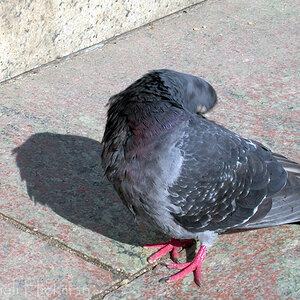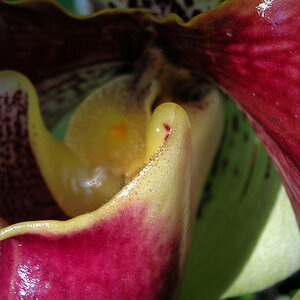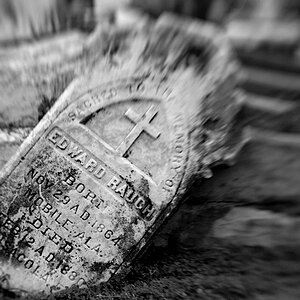CNCO
TPF Noob!
- Joined
- Feb 4, 2010
- Messages
- 488
- Reaction score
- 7
- Location
- USA
- Can others edit my Photos
- Photos OK to edit
1. Let the light source illuminate the gray card. Doesn't have to be next to it - just lit by it. Overhead lights in an ice rink light up everything in the rink with virtually the same color cast, so you could put it on the floor at your feet and shoot it even.
2. Shoot the gray card. Just zoom in on it, take the shot using just the rink lighting, and you're good to go. It doesn't even have to be in focus.
3. Set the WB to use that shot as the source. If you don't know how to do this, see your manual. It's a couple clicks at best on the menu. Once you know where they are and how to do it, it's a total breeze. It will then use that WB until you tell it to do something different.
4. Done. Shoot to your heart's content.
The gray card is more reliable than random white sources for best accuracy, because random white sources can have their own color cast which we can't readily detect with out naked eyes, but can affect overall WB to the camera's more sensitive WB detection system. A photographic gray card has no such color cast issues.
Can you explain step 3 more? Im lost. Are you trying to differentiate white and grey?



![[No title]](/data/xfmg/thumbnail/39/39440-bc17565eb7adee7f9859c53933e8543c.jpg?1619739033)
![[No title]](/data/xfmg/thumbnail/41/41898-2c70795ddfa6b397714acc28e3e5d36f.jpg?1619739936)
![[No title]](/data/xfmg/thumbnail/35/35932-28690c4fc247cf491230e47fc70ebeb5.jpg?1619737235)

